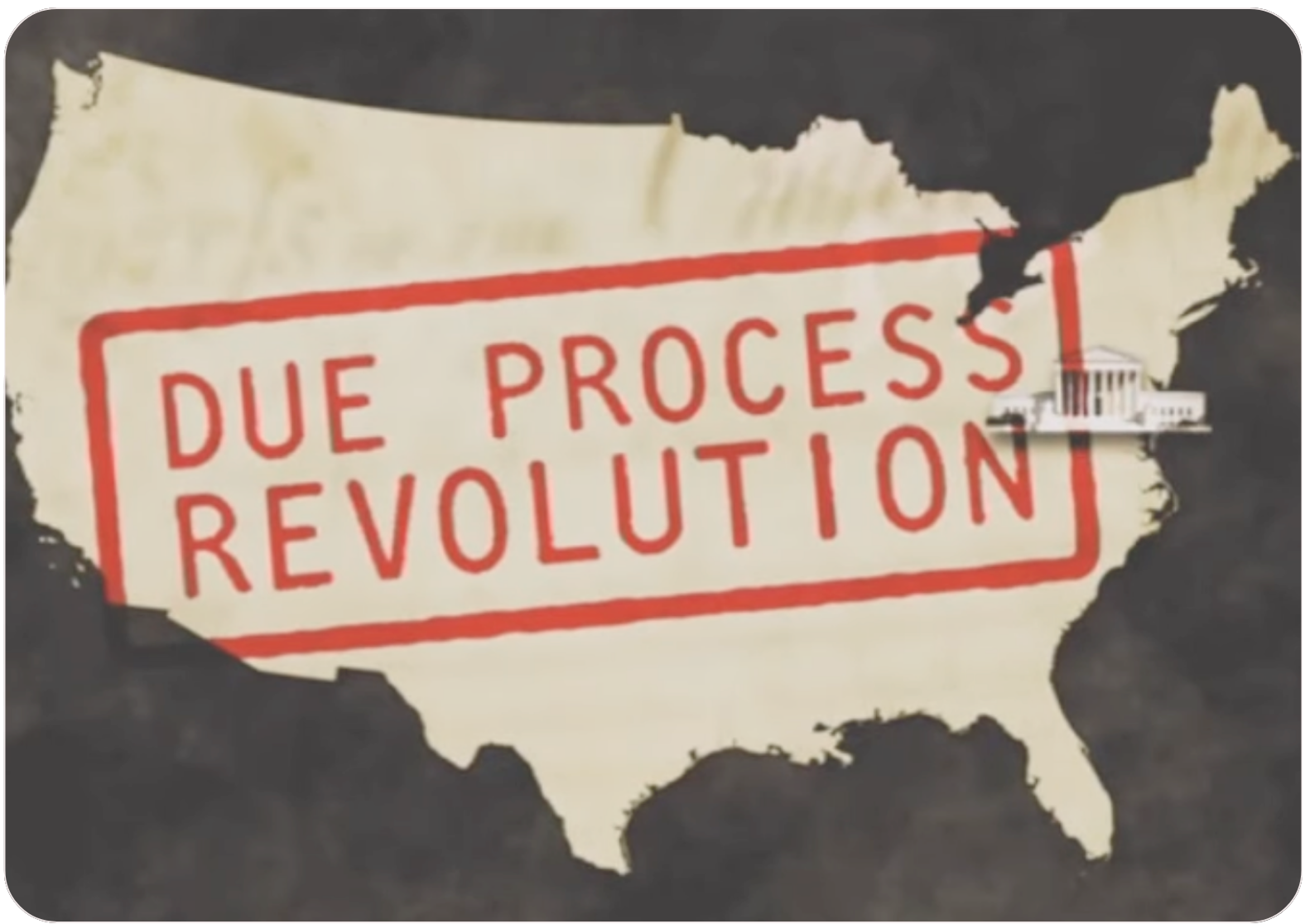This lesson explores the landmark Supreme Court decision that makes state governments also responsible for protecting our Fourth Amendment right. With the exclusionary rule, this right becomes real for all of us.
Search and Seizure: Mapp v. Ohio
In 1957, Dollree Mapp stood up to police who tried to enter her home without a search warrant. Her act of defiance led to a landmark U.S. Supreme Court ruling in Mapp v. Ohio that limited police powers. This documentary explores the Fourth Amendment case in which the Court ruled that evidence illegally obtained by police is not admissible in state courts.
A Conversation on the Constitution with Justice Sandra Day O’Connor: Search and Seizure
Supreme Court Justice Sandra Day O’Connor and a group of high school students discuss the Fourth Amendment right against unreasonable search and seizure in the context of the landmark U.S. Supreme Court case Mapp v. Ohio.

Chapter 15: The Right to Protection against Illegal Search and Seizure
The framers of the Bill of Rights intended the Fourth Amendment to ensure that their new government could not resort to the abuses of power they had experienced as colonists.
Fourth Amendment
The Fourth Amendment protects people against unreasonable searches and seizures by government officials. A search can mean everything from a frisking by a police officer to a blood test to a search of an individual’s home or car. A seizure occurs when the government takes control of an individual or something in his or her possession.

